If you’re in the cybersecurity industry, you know how critical trust is when it comes to reaching potential clients. A well-crafted cold email can be the key to unlocking new business opportunities and building lasting relationships. In this blog post, we’ll explore how to create high-security cybersecurity cold email templates that garner trust and responses, while also sharing best practices for crafting effective and engaging cold emails.
Key Takeaways
- Trust is essential for successful cybersecurity cold email outreach, achieved through personalization and addressing customer pain points.
- Five high-security templates from top security companies provide the necessary tools to build trust and increase response rates.
- Track key metrics & use A/B testing to optimize performance of your cybersecurity cold email campaign.
The Importance of Trust in Cybersecurity Cold Emails
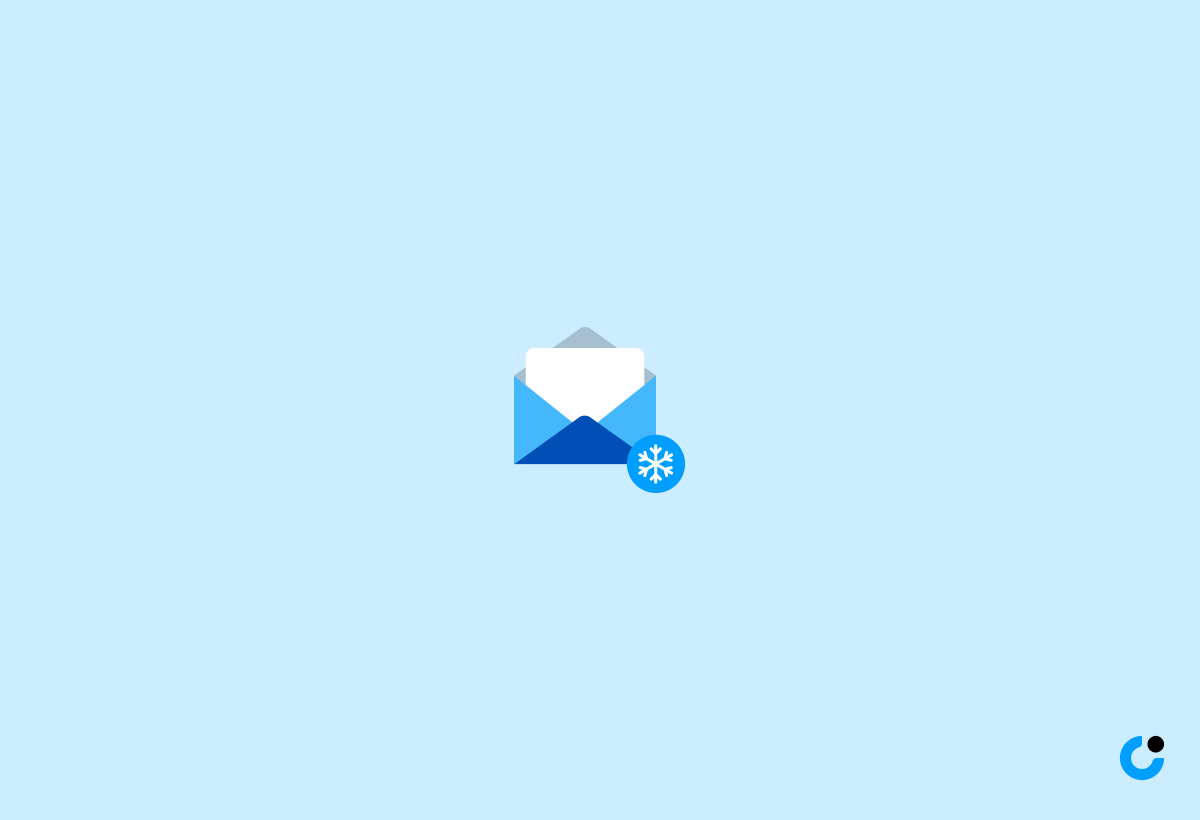
In cybersecurity cold sales email templates, trust significantly influences prospects’ engagement and their interest in your services. Building trust with prospects is a requirement in the cold email outreach process, as they seek reassurance in your abilities and intentions.
Achieving this involves:
- Creating engaging subject lines
- Mitigating spam triggers
- Consistently following up with interested leads, which highlights your dedication to collaborating with their brand.
Building Trust with Prospects
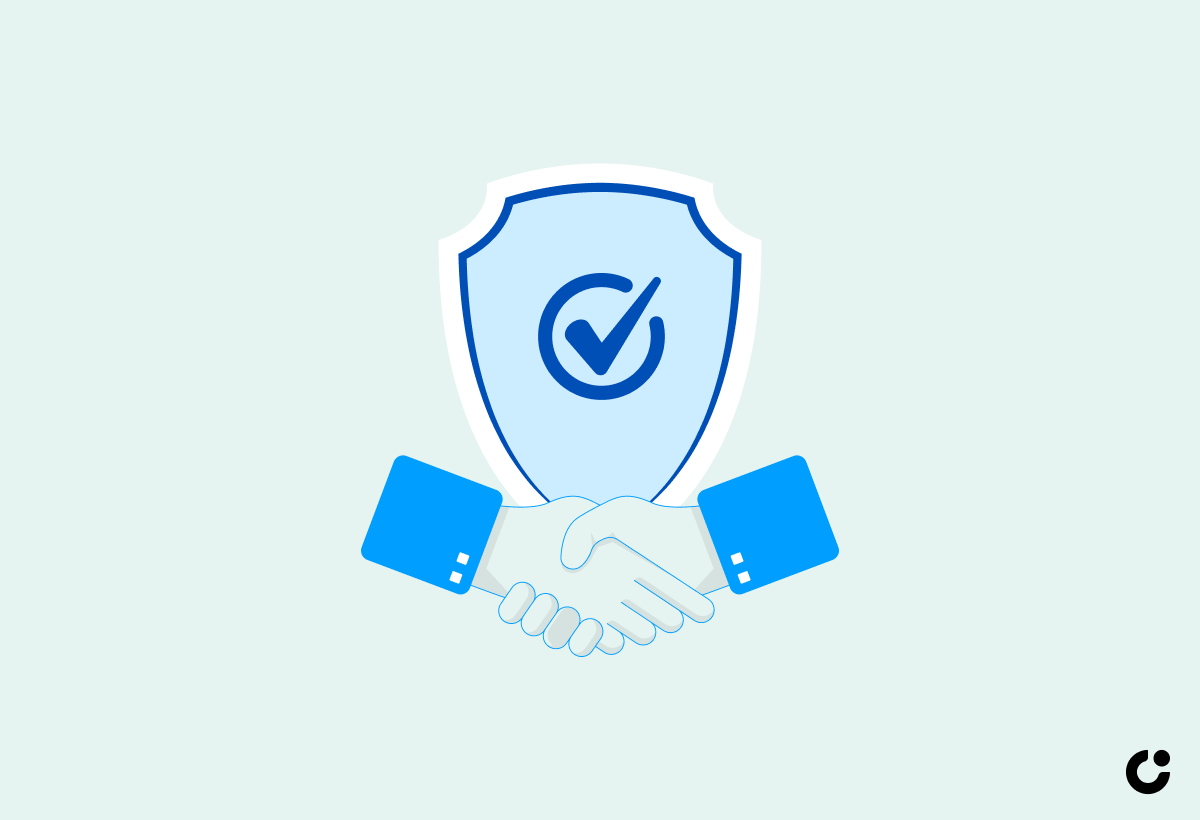
Gaining the trust of potential customers is a fundamental aspect of a successful cold email campaign. One way to achieve this is through personalization, which helps the recipient feel valued and more likely to engage with your message. Addressing the prospect’s pain point is another effective strategy, as it demonstrates your understanding of their challenges and positions you as a trusted problem solver.
Presenting your cybersecurity expertise can further enhance trust. Exhibiting your knowledge and experience instills confidence in prospects about your ability to meet their cybersecurity needs. Remember, personalizing each cold email and avoiding generic language can make all the difference in building trust with prospects.
Avoiding Spam Triggers
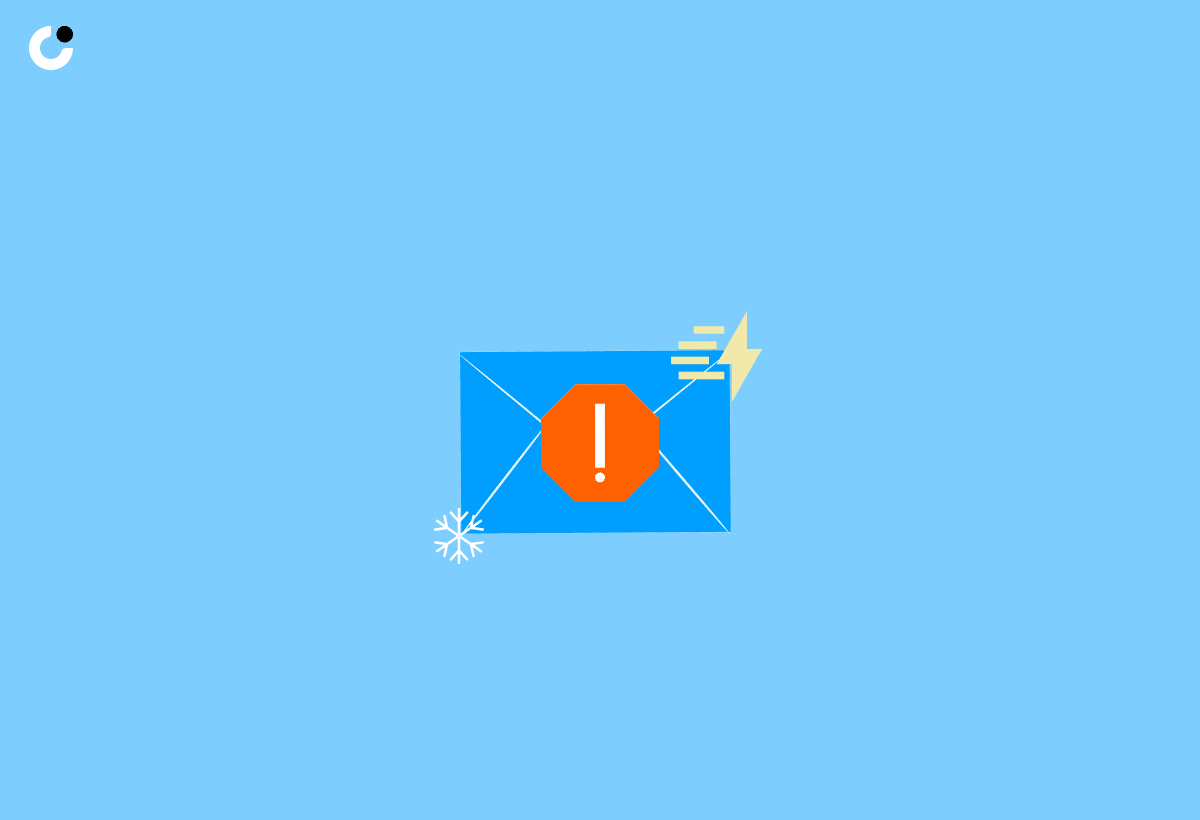
Maintaining the quality and dependability of your data necessitates the use of clean email lists in your cold email outreach strategies. Steer clear of words and phrases typically associated with spam, such as “free,” “guarantee,” and “click here”. Ensuring that your email content is tailored to the recipient’s needs and interests is also vital in avoiding spam triggers and getting past spam filters, as it demonstrates your genuine interest in helping them solve their cybersecurity challenges.
Soliciting testimonials from contented customers can boost trust with potential clients and increase your company’s visibility. By showcasing the positive experiences of others, you’re providing social proof that your services are both reliable and effective.
Crafting High-Security Cybersecurity Cold Email Templates
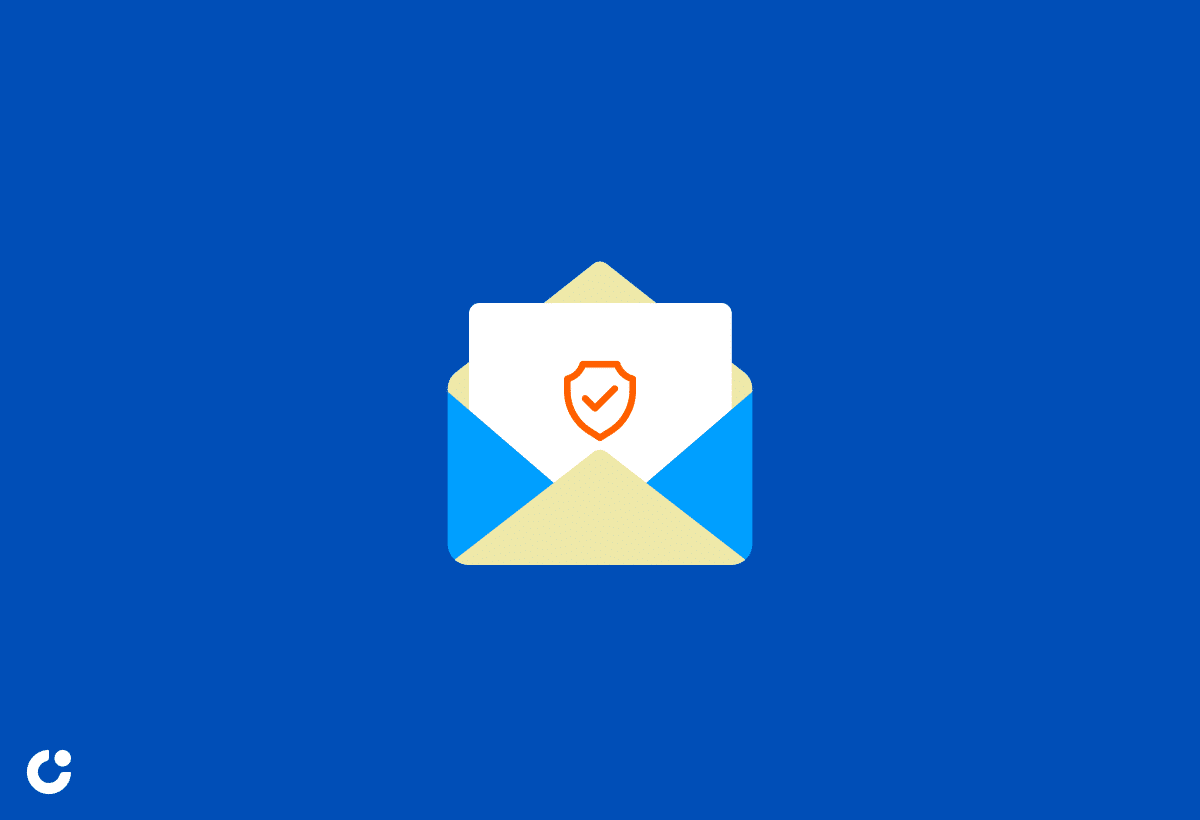
Creating successful cybersecurity cold emails entails the following steps:
- Thoroughly investigate your target audience and comprehend their needs.
- Personalize your email content to tackle their specific challenges.
- Provide basic information about your company and services.
- Include evidence of research you have done on the prospect’s organization.
- Make a polite request to learn more about the prospect’s information security needs.
By following these steps, you can craft a compelling and trustworthy cold email using a well-designed cold email template, making cold emailing more effective.
Incorporating content in your cold emails is essential, as it helps prospects understand your product and the value it will bring to their business. To maximize the effectiveness of your message, prioritize quality over quantity, maintain concise email introductions, and concentrate on a captivating subject line.
Researching Your Target Audience

Investigation of your target audience is vital to comprehend their needs, preferences, and difficulties. This knowledge allows you to effectively tailor your cold emails to address their specific challenges and showcase how your services can benefit them. When conducting research, consider factors such as:
- The size of the company
- Their industry
- The technology stack they use
- The challenges they face
Identifying your ideal customer and understanding their needs is a crucial step in capturing their attention and building trust. Investigating a prospect prior to sending a cold email is important, as it exhibits your acquaintance with the recipient and aids in crafting a tailored message.
Personalizing Your Cold Email
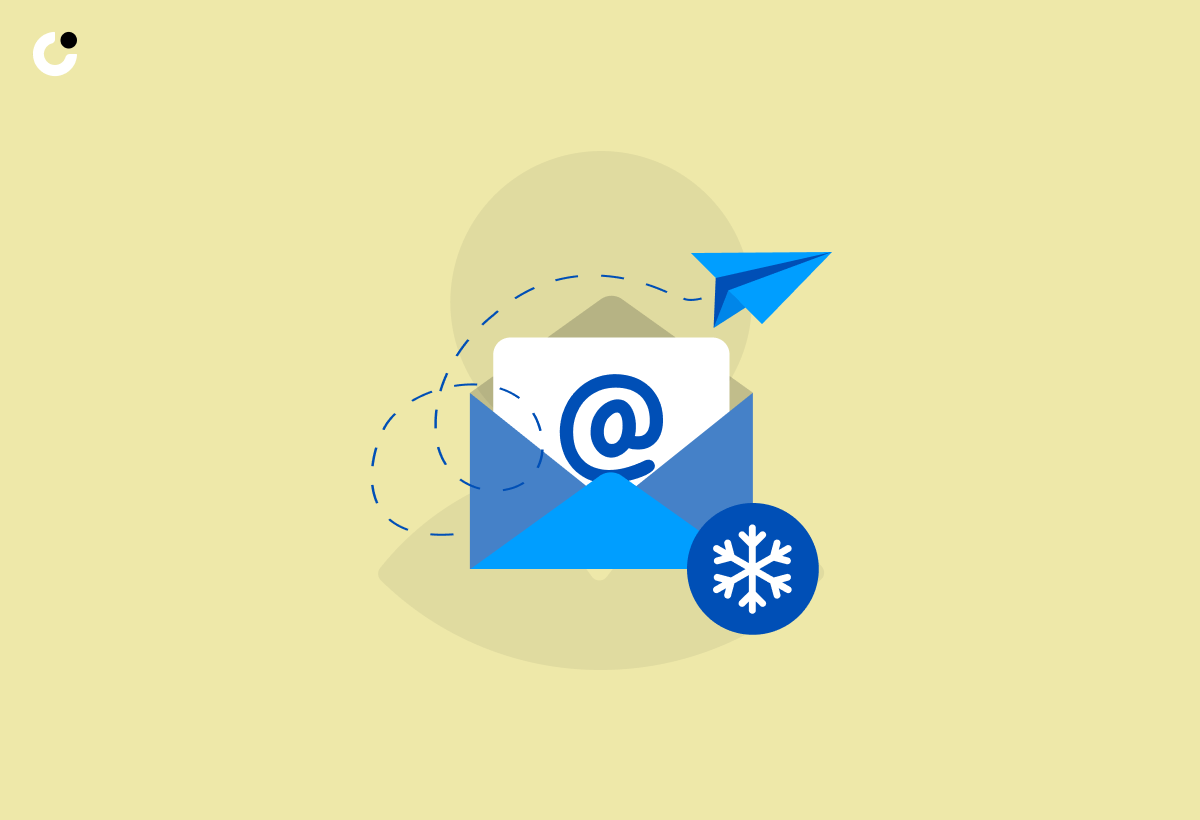
Creating a personalized cold email requires the inclusion of the recipient’s name, pertinent company data, and addressing their individual needs or challenges. By addressing an employee by name, you can encourage them to ensure your message reaches the appropriate individual.
Including the recipient’s name and company information demonstrates that you’ve put effort into understanding the prospect and their unique challenges. This personal touch can make a significant difference in establishing trust and increasing the likelihood of a response.
Five High-Security Cybersecurity Cold Email Templates
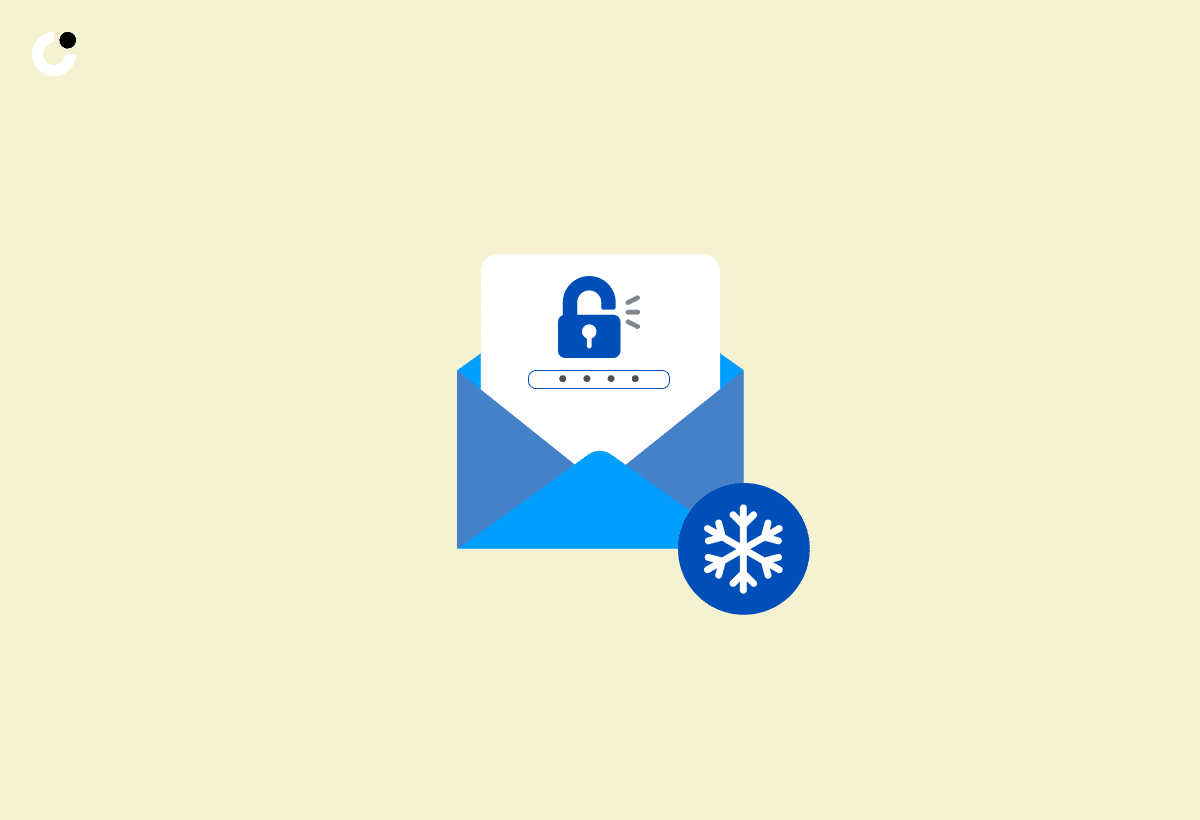
This section will present five high-security cybersecurity cold email templates from top security companies that concentrate on:
- Problem-solving
- Industry expertise
- Testimonials
- Unique offers
- Educational content
Each template is designed to help you build trust with prospects, address their needs, and ultimately improve response rates.
Using these templates will provide you with the necessary tools to build enduring business relationships.
The Problem-Solution Template

The Problem-Solution Template targets a specific cybersecurity issue faced by the prospect and proposes a solution from your product or service. By highlighting a relevant prospect’s pain point and presenting a clear solution, you demonstrate your understanding of the prospect’s challenges and position yourself as a trusted problem solver.
This template is particularly effective when the recipient is a hard sell or has an existing relationship with the sender, as it directly addresses their needs and showcases your expertise in solving their problems through a well-crafted sales process, with the help of skilled sales reps.
The Industry Expertise Template
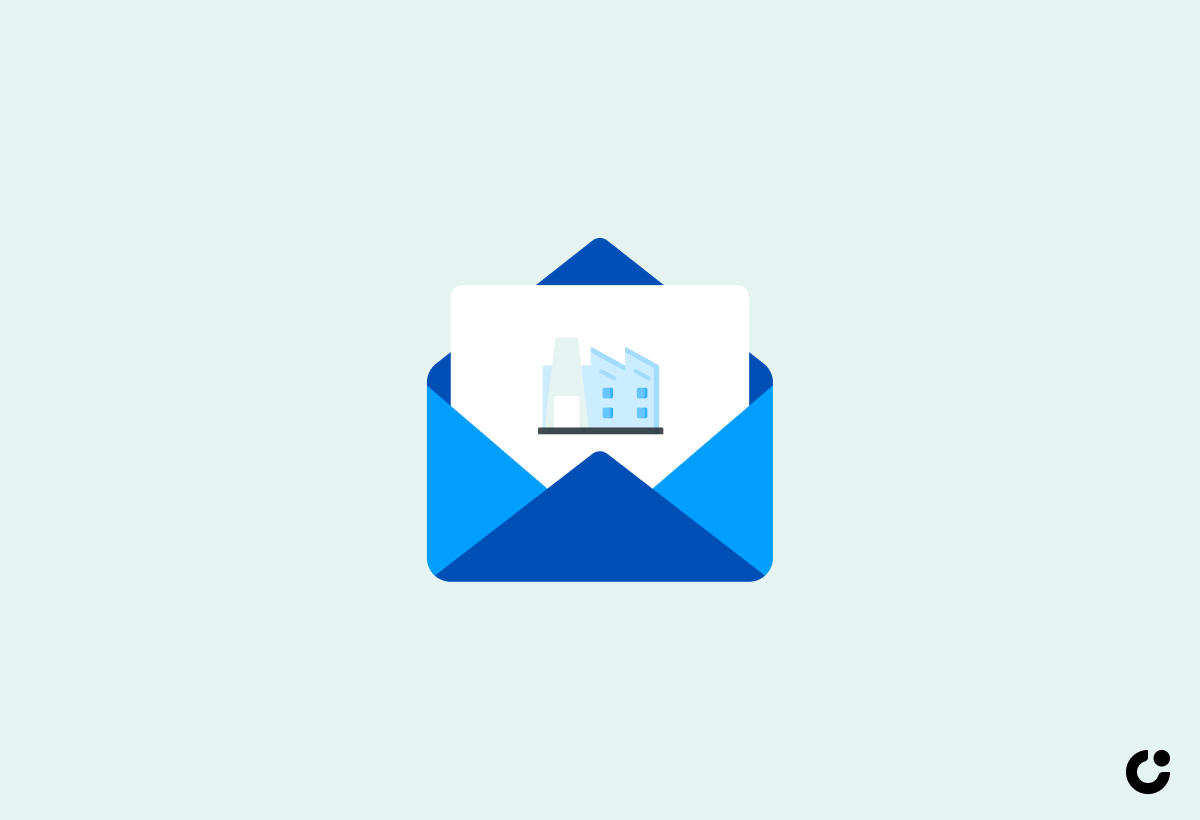
The Industry Expertise Template displays your company’s proficiency in the cybersecurity field and provides useful insights or advice to the prospect. By highlighting your niche-specific knowledge and experience, you create trust and credibility with the recipient, increasing the likelihood of a response.
Demonstrating knowledge of the industry in cold emails can bolster trust and response by:
- Fostering trust
- Addressing reservations
- Customizing messaging
- Conveying value
This template is ideal for establishing your credibility and expertise in the cybersecurity domain.
The Testimonial-Driven Template
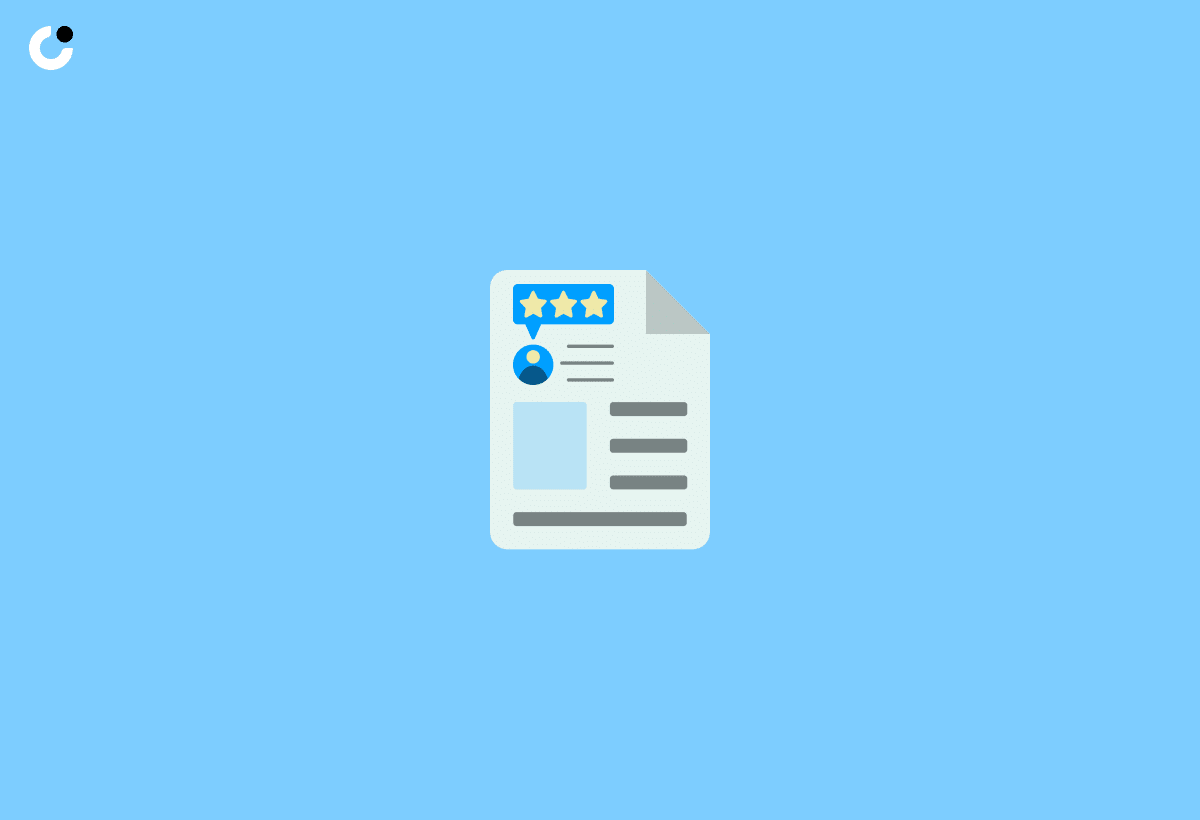
The Testimonial-Driven Template utilizes customer success narratives and testimonials to establish trust and credibility with the prospect. By providing social proof and showcasing satisfied clients or case studies that demonstrate successful outcomes, you create trust with the recipient.
This template is particularly effective in demonstrating that others have had positive experiences with your cybersecurity services, making the recipient more likely to trust you and consider your offer.
The Exclusive Offer Template
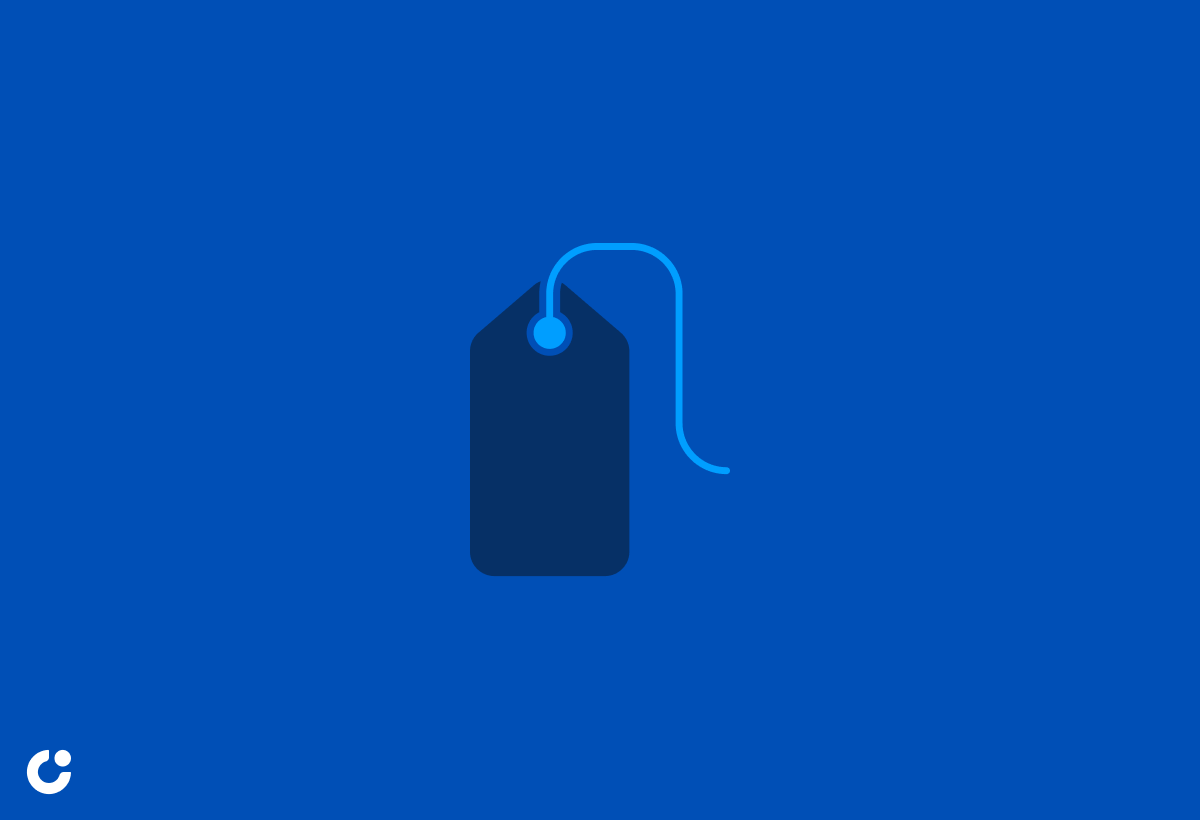
The Exclusive Offer Template introduces a unique offer or promotion customized to the prospect’s needs, stimulating them to respond. By providing a unique and timely incentive, you can pique the recipient’s interest and prompt them to engage with your services.
To evoke a feeling of exclusivity in cold emails, incorporate phrases such as “exclusive offer,” “limited-time opportunity,” or “special invitation”. These terms can create a sense of exclusivity and make the recipient feel privileged, increasing the likelihood of a response. Additionally, mentioning a brief call can further engage the recipient and encourage communication.
The Educational Content Template

The Educational Content Template distributes beneficial educational resources, like a blog post or whitepapers, to assist prospects in better understanding cybersecurity threats and solutions. By providing resources that address the recipient’s needs and interests, you demonstrate your genuine interest in helping them solve their cybersecurity challenges.
Enhancing engagement can be achieved through the inclusion of interactive elements, such as quizzes or case studies, and incorporating storytelling techniques and real-life examples to make the content more relatable and memorable.
Measuring the Success of Your Cybersecurity Cold Email Campaign

Evaluating the success of your cybersecurity cold email campaign is necessary to improve your sales team’s performance, management, and optimization. By tracking key metrics, such as open rates, click-through rates, and conversion rates, you can gain insights into the effectiveness of your cold email outreach strategies and make data-driven decisions to improve your results.
A/B testing is an additional effective instrument that can aid in optimizing your security email templates and overall campaign performance.
Key Metrics to Track
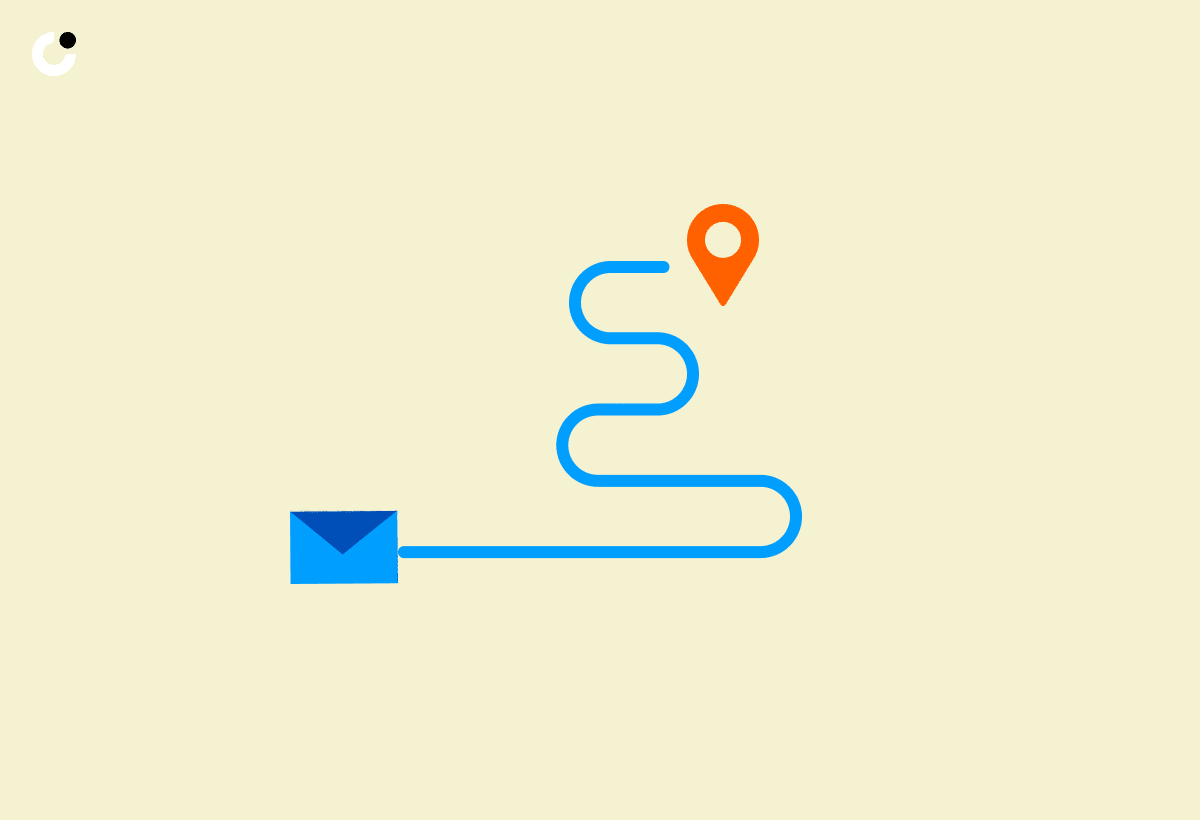
Open rates, click-through rates, reply rates, and conversion rates are fundamental metrics for evaluating the success of a cybersecurity cold email campaign. Open rates indicate the percentage of recipients who open the email, reflecting the efficiency of the email subject line and the deliverability of the emails. On average, the open rate for cold emails is around 23.9%.
Click-through rates are another important metric, with an average rate for cybersecurity cold emails ranging between 2.6% to 3.67%. By tracking these key metrics, you can evaluate the performance of your campaign and make informed decisions to improve your outreach efforts.
A/B Testing for Optimization

A/B testing entails analyzing different versions of your cold emails, like subject lines, email content, and calls-to-action, to determine which variant produces the best outcomes and optimizes your campaign’s effectiveness. By analyzing the results of these tests, you can refine your emails for increased conversions and engagement.
Strategies for A/B testing subject lines may include trying different formats, including prospects’ names and company names, and testing variations with and without “re:” in the subject line. By assessing the results of the A/B test, you can determine the subject line that produces the best results and optimize your cold email for higher response rates.
Summary
In conclusion, crafting high-security cybersecurity cold email templates that garner trust and responses is crucial for driving business success in the cybersecurity industry. By building trust with prospects, personalizing your emails, and implementing the five cold email templates presented, you can enhance your outreach efforts and forge lasting business relationships. Remember, measuring the success of your cold email campaign through key metrics and A/B testing is essential for continual optimization and improvement.
Frequently Asked Questions
Is cold emailing illegal?
Cold emailing is not illegal in the US. However, businesses must comply with provisions under the CAN-SPAM Act such as providing accurate information, a physical address, and an unsubscribe link in their emails.
Is it OK to cold email companies?
Cold emailing can be a great way to network, set yourself apart as a job applicant, and make a relevant offer to a potential employer. However, it is important to ensure that you are thoroughly researching them, crafting an offer tailored to them, and properly executing the email.
What is email abuse in cyber security?
Email abuse is an attack in which cyber criminals send malicious emails, disguised as legitimate, in order to access sensitive information from users. It can take the form of phishing, spear phishing, standard phishing, or whaling.
Can you make money with cold email?
Cold emailing can be a successful way to make money, as long as you have the right skills and experience to market your services. With some research and planning, you can turn cold emails into profitable opportunities.
What are the key components of a successful cybersecurity cold email?
A successful cybersecurity cold email should establish trust, be personalized, address the recipient's pain points, and demonstrate expertise in the field.

